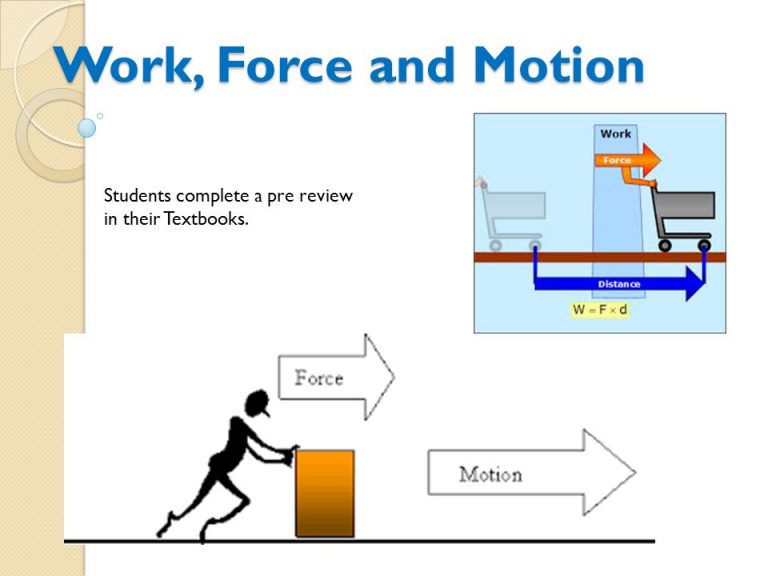Parenting(Age 5 to 8) | Academic | General | Parenting(Age 9 to 12) | Parenting(Age 13 to 16) | Sep 28, 2021
How do Force and Motion Work?

A force is defined as a push or a pull on a body. Forces are typically invisible, but their consequences are carefully visible and we can see their effects around us in the form of push, pull, gravity, etc. Nothing around us moves, changes speed, stops or changes direction without the use of force. Heavier and bulkier things require greater force to move or change direction. And hence more amount of force is required to move them.
Sir Isaac Newton gave three laws called Newton’s three laws of motion, which are the best way to explain the difference between motion and force. In his three famous laws, he provided the finest account of the connections along with a good explanation between force and motion, and knowing about them is an important aspect of understanding physics. They effectively explain what occurs when a force is applied to a mass and describe the fundamental idea of force. The first two of Newton's laws are the most crucial, important, and self-explanatory to examine if you want to comprehend the link between force and motion, and they are simple to grasp.
Newton's first law states that unless acted on by an "unbalanced" force, an object will either remain at rest (not in motion) or move at the same speed and in the same direction. In simpler terms, it states that something moves only when something else pushes it and that things only halt, change direction, or begin to move faster when something else pushes them.
The idea of force is defined by Newton's second law. It says that the force exerted on an item is equal to its mass multiplied by the force's acceleration. This is represented by the symbols:
F=ma
F denotes force, m denotes mass and a denotes acceleration.
If you have a mass of 1 kg and wish to accelerate it by 1 m/s every second, you must apply a force of 1 N.
The following formulation of Newton's law clarifies the relationship between force and motion: On the left, acceleration shows us how fast something is going. The right-hand side demonstrates that greater force results in more motion. Humans are exposed to motion and movement from the moment they are born. Voluntary motions like wiggling fingers or opening and shutting the mouth to weep, talk, or feed; involuntary movements like breathing and heart function; and natural forces like gravity, wind, planetary orbits, and tides are so frequent that we take them for granted. Most young children have never pondered the mechanics that allow movement, let alone what life would be like without it.
Many other examples explain different amounts of forces and their actions. Without force, it is not possible to survive as it is a part and parcel of our lives.
















Post a Comment: